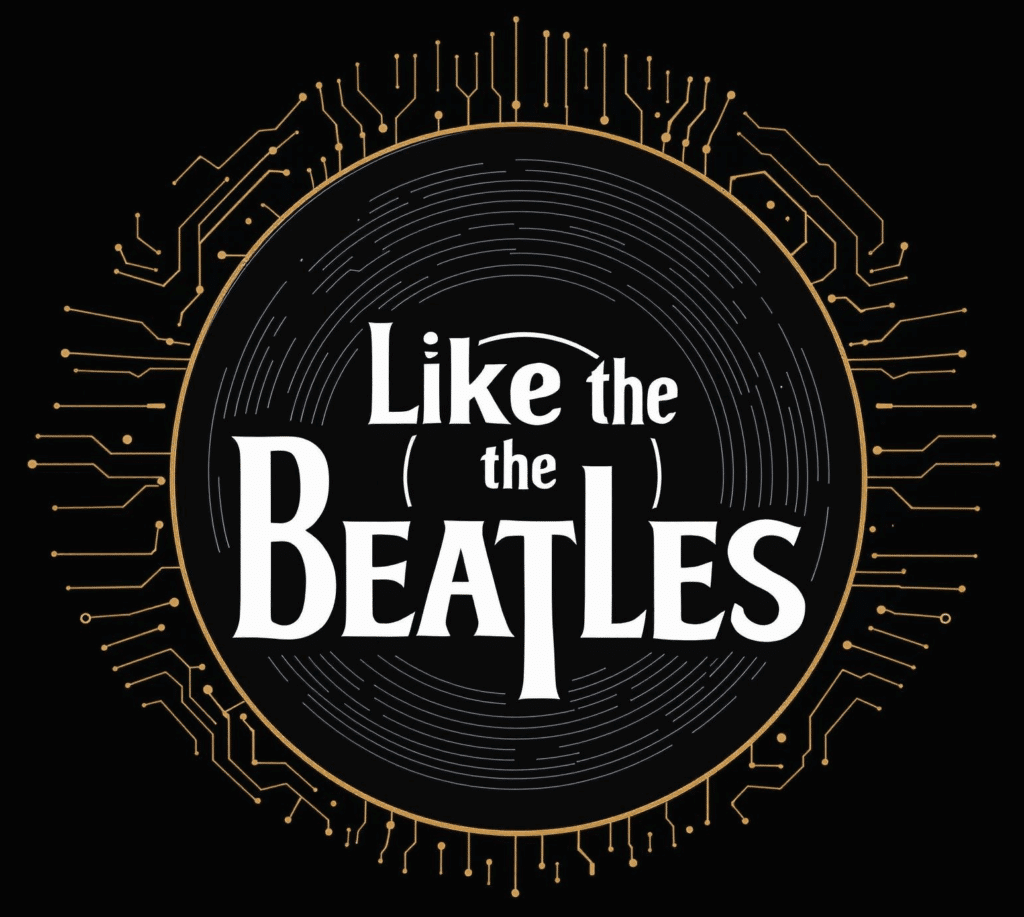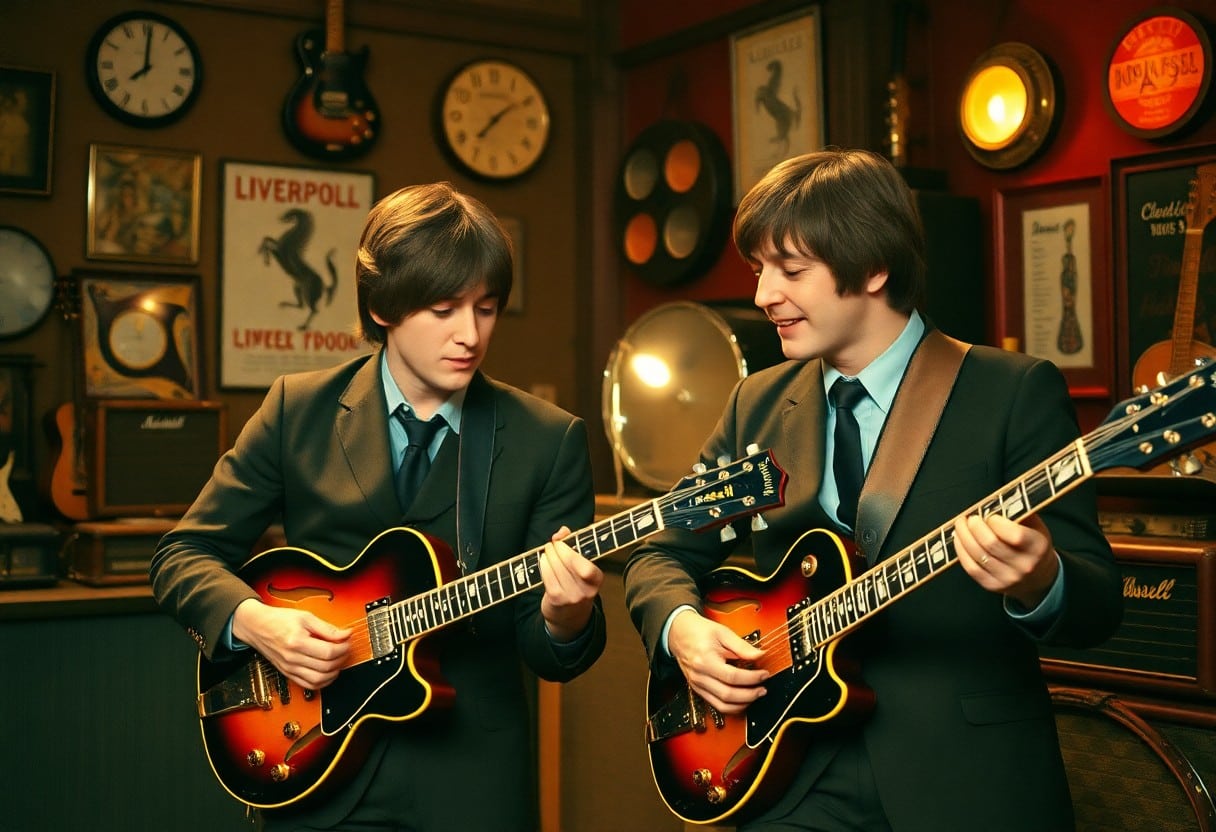With the remarkable synergy of John Lennon and Paul McCartney at the helm, the Beatles transformed the music landscape during their short yet explosive career. I’ll guide you through their unique partnership, illustrating how their individual talents and distinctive songwriting styles not only defined the band’s sound but also influenced an entire generation. From their early days in Liverpool to their groundbreaking experimentation in the studio, their collaboration shaped the Beatles’ evolution and legacy in ways that resonate even today.
Early Beginnings
The early days of The Beatles set the stage for their legendary status. In a small town called Liverpool, two young musicians, John Lennon and Paul McCartney, formed a partnership that would reshape music history. With their shared passion for rock and roll, they began writing songs and performing in various venues, forging a path that would soon lead to international fame.
Formation of the Band
Below the surface of their iconic image, the formation of The Beatles was a dynamic blend of talent and chemistry. It all started in 1957 when Lennon, already fronting a skiffle group called The Quarrymen, met McCartney at a local church fête. Their instant connection led to a creative collaboration that would draw in other members like George Harrison and Ringo Starr, solidifying The Beatles as a rock band that would revolutionize music.
Initial Influences
On the road to stardom, Lennon and McCartney were shaped by a variety of musical influences. Their early years saw them inspired by renowned artists like Elvis Presley, Chuck Berry, and Buddy Holly. This eclectic mix of styles fueled their songwriting and helped forge a unique sound that resonated with fans worldwide.
Early influences played a significant role in shaping Lennon and McCartney’s musical journey. The energetic rhythms of rock and roll ignited their creativity, while the poetic lyrics of folk music inspired them to craft stories through song. Their fascination with American artists led to countless hours spent listening and learning, incorporating elements into their own music. The psychedelic shifts of the 1960s and beyond would further expand their artistic horizons, but these foundational influences were integral to their development as songwriters. It was in this vibrant environment that they began to cultivate the distinctive sound that would launch The Beatles into global stardom.
Songwriting Partnership
Even from their earliest days, the songwriting partnership of John Lennon and Paul McCartney was a defining feature of The Beatles. Their ability to blend contrasting styles and perspectives created a unique sound that evolved over time. Together, they wrote timeless classics that resonated with audiences around the world, showcasing a remarkable synergy that shaped the band’s identity and legacy.
The Lennon-McCartney Dynamic
Before they became the iconic duo we know today, Lennon and McCartney developed a shared creative process that allowed their individual strengths to shine. Their collaborative spirit fostered a balance—Lennon’s edge and introspection complemented McCartney’s melodic flair and optimism, leading to a diverse array of songs that captured the essence of their generation.
Evolution of Their Musical Styles
Partnership was key to the evolution of their musical styles, as Lennon and McCartney consistently pushed each other to explore new artistic directions. As they progressed, they began to move beyond traditional pop norms into more experimental territories. To illustrate, their collaboration led to groundbreaking shifts in their sound, incorporating elements of psychedelia, folk, and rock. This creative exploration was not without its risks; they navigated personal differences and outside pressures while crafting songs that reflected their growing maturity. Their willingness to embrace new ideas and challenge the status quo set The Beatles apart and cemented their legacy in music history.
Cultural Impact
Now, the influence of John Lennon and Paul McCartney on The Beatles extended far beyond just music; it reshaped societal norms and values as well. Their innovative songwriting and unique style resonated with a generation seeking change, making The Beatles a symbol of hope and revolution in popular culture.
The Beatles and the 1960s Counterculture
Beside their musical achievements, The Beatles became synonymous with the 1960s counterculture, embodying the spirit of rebellion and experimentation. They challenged contemporary social conventions, inspiring millions to embrace love, peace, and self-expression.
Global Influence of Their Music
For many, the global influence of Lennon and McCartney’s music is unparalleled, transcending geographical and cultural boundaries. Their melodies and messages have inspired countless artists around the world, contributing to a universal language of hope and unity.
It is remarkable how The Beatles’ music fostered a sense of global community, breaking cultural barriers and promoting messages of peace and love. They have influenced numerous genres—from rock to pop to electronic—and their songs remain relevant in modern society. The impact of their lyrics often addressed social issues, inspiring activists and artists alike. By creating timeless anthems, Lennon and McCartney helped shape collective consciousness, encouraging movements for change across the globe. Their legacy continues to inspire not just musicians, but also generations striving for a better world.
Later Years
Your understanding of the Beatles’ final years reveals a complex tapestry woven from the creative genius of John Lennon and Paul McCartney. Their collaboration blossomed in the early years, but as the band progressed, personal and artistic differences began to emerge, culminating in a period marked by both brilliant music and intense challenges.
Creative Differences
Across their later years, Lennon and McCartney experienced significant creative differences that strained their partnership. As they explored individual interests and musical directions, the harmony that initially defined their collaboration began to fray, leading to clashes that ultimately affected the band’s dynamic.
Transition to Solo Careers
On the cusp of their break-up, both Lennon and McCartney began to turn their focus towards solo careers, eager to express themselves beyond the framework of the Beatles. This transition marked not just a shift in their personal lives but also in their artistic legacies.
In fact, this transition to solo careers was a transformative yet tumultuous time for both artists. Lennon’s bold exploration of political themes and McCartney’s melodic sensibilities produced remarkable solo albums that showcased their individual strengths. However, this shift also posed challenges; the pressure of independence led to conflicting artistic visions, which underscored a deepening rift in their once-synchronous partnership. They ventured into new territory, risking their friendship and paving the way for a complex, but rich legacy as solo artists while leaving behind the golden age of the Beatles.
Legacy of Lennon and McCartney
To understand the enduring legacy of Lennon and McCartney, I believe it’s necessary to recognize their profound impact on music and culture. Their songwriting partnership not only defined The Beatles but also revolutionized popular music, inspiring countless artists and bands that followed. The themes of their music explored love, society, and human experience, resonating across generations and leaving an indelible mark on the world.
Lasting Influence on Music
Legacy aside, the influence of Lennon and McCartney is evident in nearly every genre of popular music today. From rock to pop, their innovative compositions and harmonies set a standard that continues to inspire musicians. Their ability to blend various musical styles and experiment with recording techniques paved the way for future artists, ensuring that their legacy reaches far beyond their own era.
Induction into Rock and Roll Hall of Fame
Rock and Roll Hall of Fame honors Lennon and McCartney as not only members of The Beatles but also as remarkable individual artists who greatly influenced music history. Their induction recognizes their phenomenal contributions, solidifying their status as icons in the music world. This honor acknowledges the industry’s acknowledgment of their importance, appreciating how their legacy transcends time.
Understanding the significance of the Rock and Roll Hall of Fame induction is necessary to grasp the immense impact Lennon and McCartney had on music. Inducted in 1988, they were recognized not merely as part of a legendary band, but as innovators who shaped the landscape of rock music. Their inclusion highlights the commitment to celebrating artists whose work has transformed the industry, ensuring that their influence continues to inspire future generations. The honor underlines their lasting place in music history and affirms their status as cultural icons.
Conclusion
So, as I reflect on the journey of John Lennon and Paul McCartney, it’s clear that their partnership was the heartbeat of The Beatles. From their early songwriting collaborations to their innovative experimentation in the studio, they shaped not only the band’s sound but also their cultural impact. I believe their ability to blend personal storytelling with universal themes resonated deeply with audiences, allowing The Beatles to evolve while staying connected to their roots. You can truly appreciate how their distinctive artistic visions drove the band from its inception to its legendary status.












